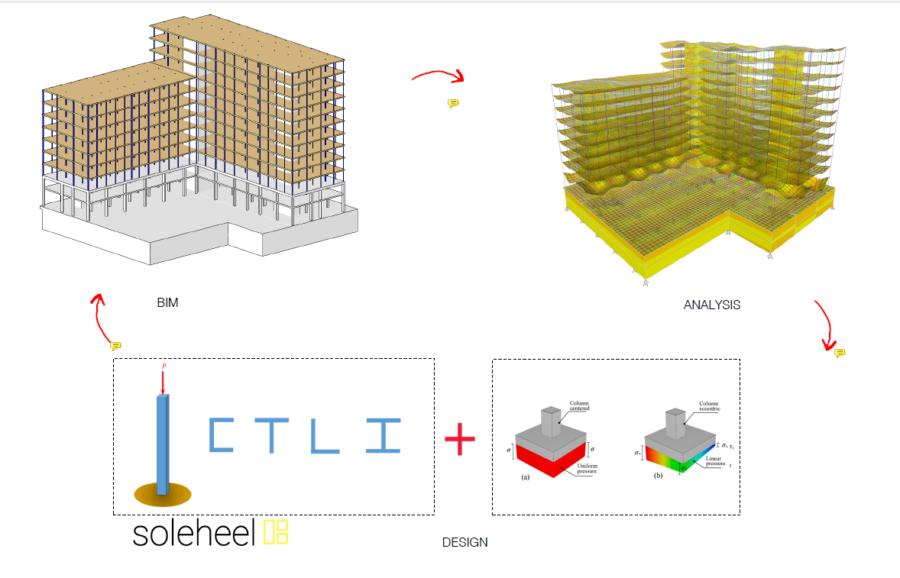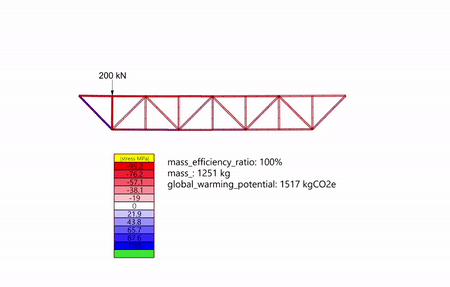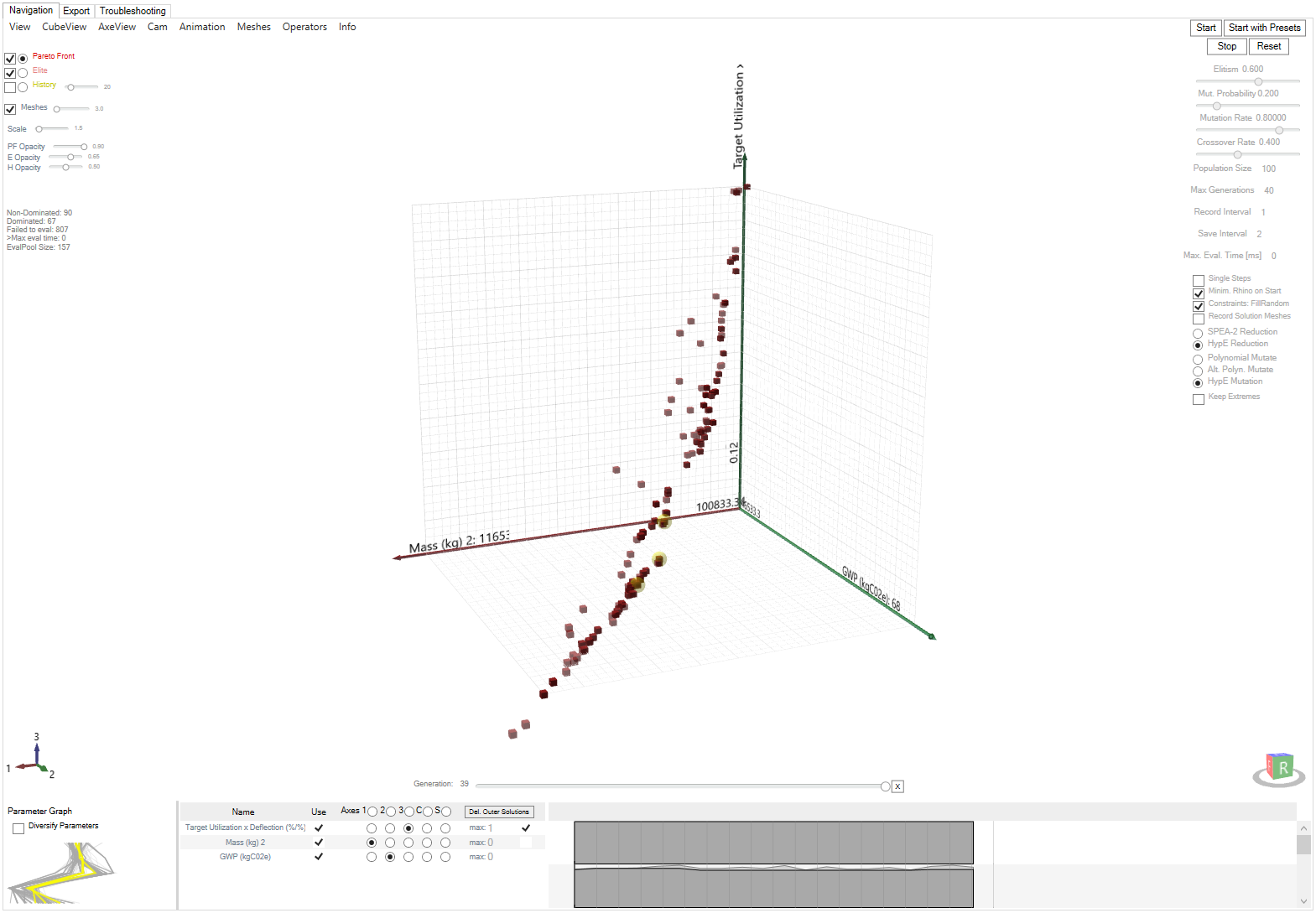
Digital workflows are a cornerstone of project delivery in modern building design. At Fast+Epp we aim to simplify the digital design process through the power of data and scripting as we work towards the future of a true, holisitic “Building Information Model”. Our computational designers use API’s to customize the data we extract from BIM models to allow two-way communication with our analysis and design softwares. This removes the time consuming process of manual data transfers between various softwares and vastly improves modeling integrity.

